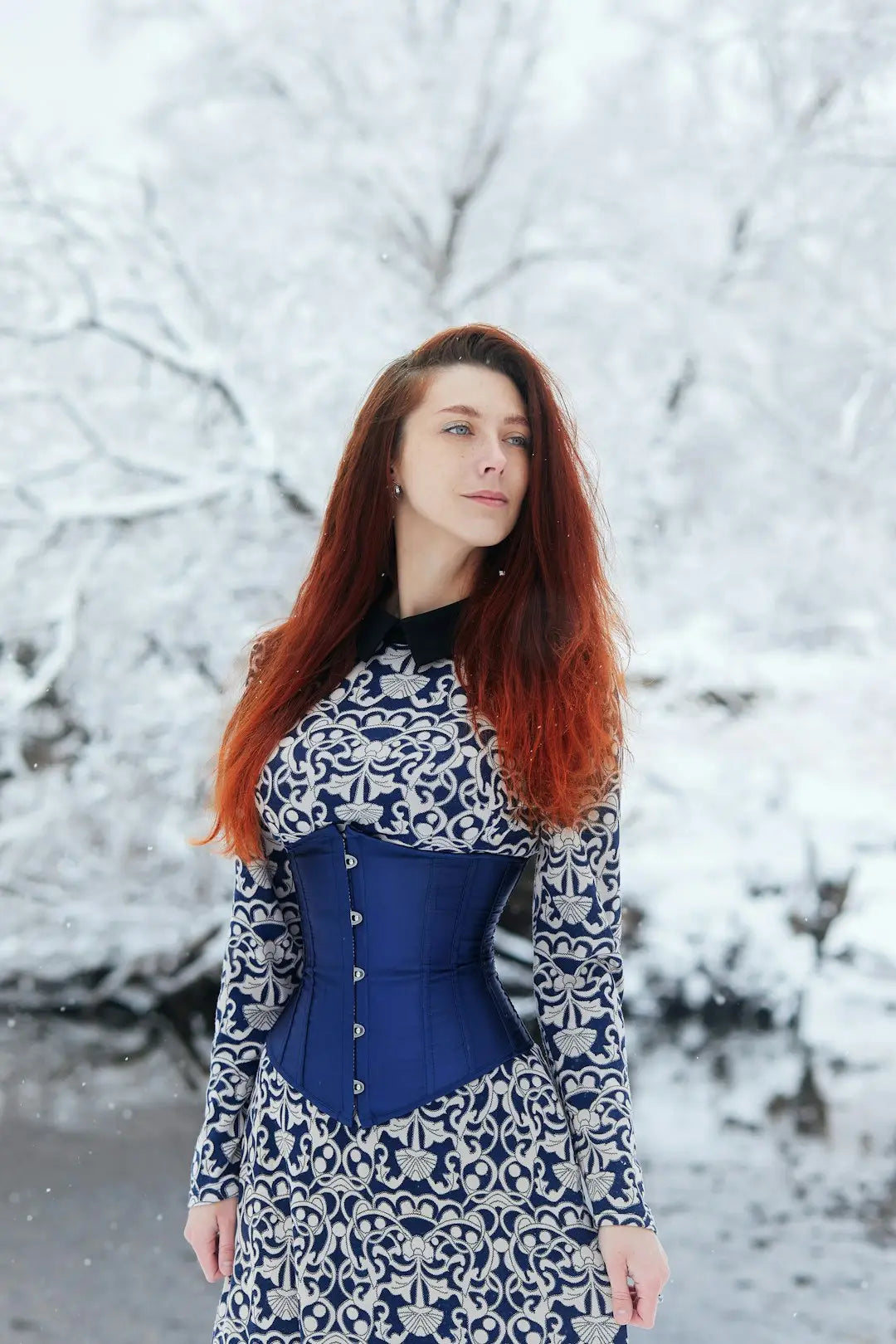It is fascinating how fashion has the ability to reflect and transform society and the view of female beauty. One of the most iconic pieces that symbolizes this transformation particularly well is the corset. The history of corsets is not only a story of fashion trends, but also of power, self-expression and changes in social perception.
The corset, which has roots dating back to the Middle Ages, was originally designed to achieve a specific shape of a woman's body. Throughout history, its form and material have changed, but one thing has remained constant - the corset's ability to shape the figure and emphasize certain elements. The symbolism of corsets is deeply rooted in the cultural norms and aesthetic ideals of its time. For example, in the Victorian period, narrow waists were considered the height of female beauty, which led to corsets being tightly fitted, often to the point of discomfort.
Today, corsets are returning to the fashion world with a new face. Luxury brands such as Agent Provocateur and Victoria's Secret have begun to rediscover this iconic piece, often with more modern materials and more comfortable cuts. This new approach to corsets is not just about looks, but also about the feeling of strength and confidence that wearing a corset can bring.
The history of corsets is also a story of emancipation and the adoption of femininity. While corsets used to be a symbol of social pressure and conformity, today's women wear them as an expression of their individuality and strength. Corsets thus became not only a fashion accessory, but also a symbol of personal freedom and independence.
Additionally, modern designers often use the symbolism of corsets to create bold and innovative fashion statements. A corset is no longer just about narrowing the waist; it's about creating a work of art that combines traditional craftsmanship with modern aesthetics. In this way, the corset becomes not only a piece of clothing, but also a means of expression that serves as a platform for discussing gender, beauty and identity.
As evidence of this transformation, we can see corsets on catwalks, in movies, and even in everyday life. Stylized versions of corsets appear in the collections of well-known fashion houses and become part of the modern wardrobe. This trend shows how the history of corsets is constantly evolving and adapting to the current needs and wishes of modern society.
In light of these changes, it is clear that the corset will continue to play an important role in fashion and society. Its ability to resonate with the cultural and aesthetic values of different eras ensures that it will remain a relevant and fascinating element in the history of fashion.

















